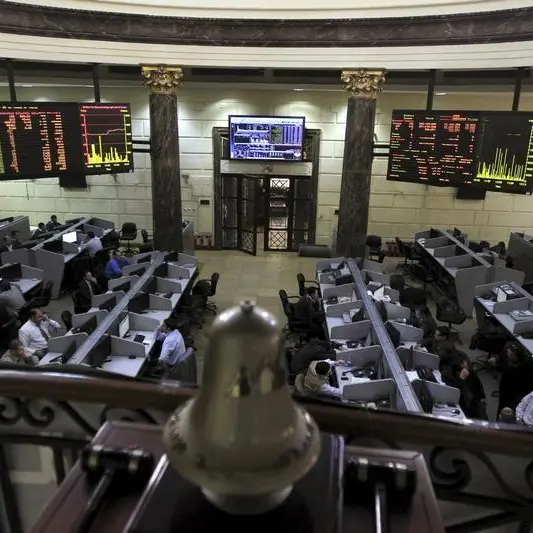PHOTO
LONDON - Success lies in the eyes of the beholder. Bank of Japan Governor Haruhiko Kuroda is pursuing a policy of yield-curve control, which he defines as keeping 10-year government bond yields tethered near zero. He is hitting his target but may nevertheless saddle his country with an economic headache.
Yields on Japanese bonds maturing between two and four decades from now have risen to their highest level in a year without provoking any obvious pushback from Kuroda. Big investors like pension funds and life insurers get hurt when long-dated bond yields fall and offer a declining premium over shorter-term debt. The central bank may therefore be pleased that the exact reverse has happened this year in Japan, host to a vast population of pensioners.
But Kuroda isn’t operating in a vacuum. As longer-dated yields in Japan were rising, those in many other developed countries fell. As a result, since January, Japanese investors have seen the premium they received from buying U.S. Treasuries over domestic bonds steadily shrink. In some cases, Mrs. Watanabe would now be better off keeping her money at home: most of the French government bond yield curve has fallen below Japan’s.
Granted, there are developed countries where yields are still higher, including Italy and Spain. But those returns reflect genuinely higher risks, and Japanese investors who enjoyed the safe waters of the French bond market may steer clear. Add the cost of hedging foreign-exchange exposure, and the charms of overseas assets may fade in Japan even as foreign funds warm to trading Japanese fixed income.
The less inclined Japanese investors are to invest abroad, the less foreign currency they will need to buy, and the more buoyant the yen will become. After a short-lived bout of appreciation in March, the Japanese currency has remained relatively stable - a relief to exporters grappling with a global slump in demand. The last thing they need now is a currency rally. To preempt that threat, Kuroda may need to take a fresh look at the whole length of Japan’s yield curve.
CONTEXT NEWS
- The yield on Japan’s 20-year government bond rose to 0.46% on July 2, its highest level since March 2019. That compares with 0.28% at the end of 2019.
- The Bank of Japan indicated on June 30 that it planned to increase buying of Japanese government bonds with maturities of up to 10 years in July, but its monthly plan suggested it will maintain the size of its buying in superlong bonds.
(The author is a Reuters Breakingviews columnist. The opinions expressed are her own.)
(Editing by Pete Sweeney and Jamie Lo) ((swaha.pattanaik@thomsonreuters.com; Reuters Messaging: swaha.pattanaik.thomsonreuters.com@reuters.net))












